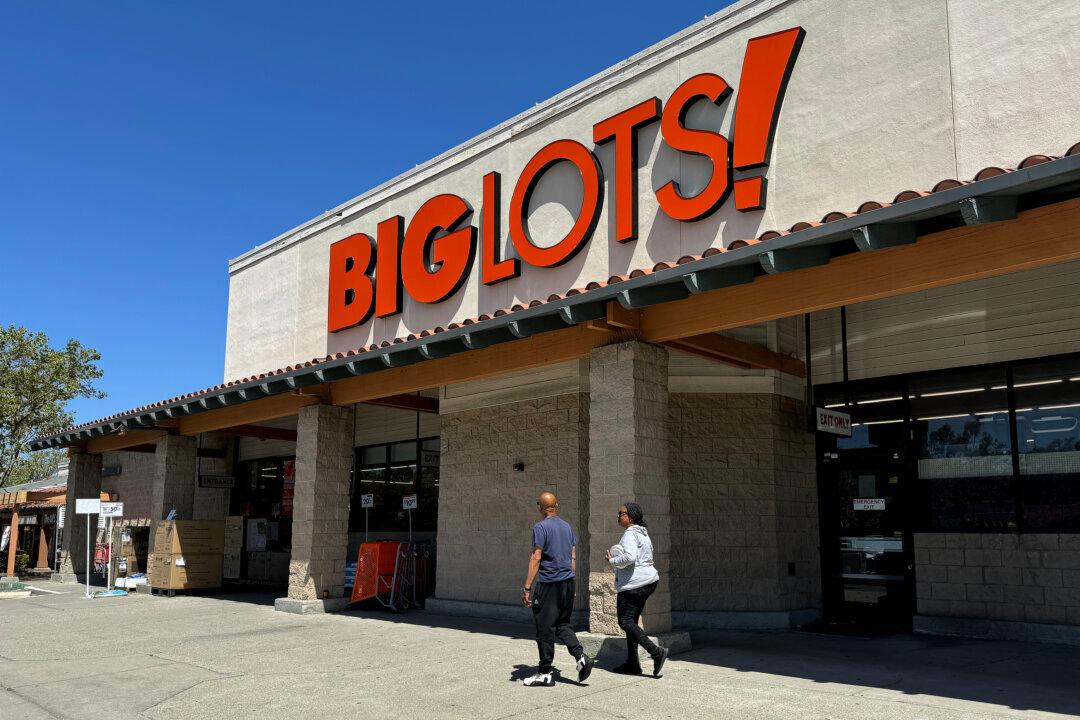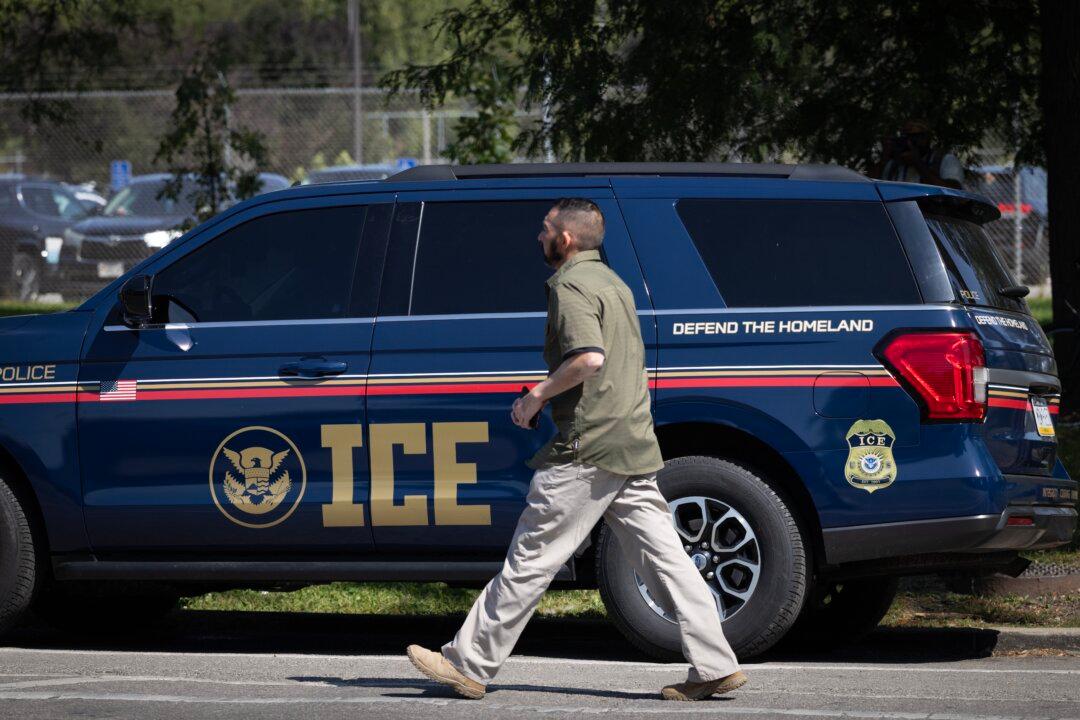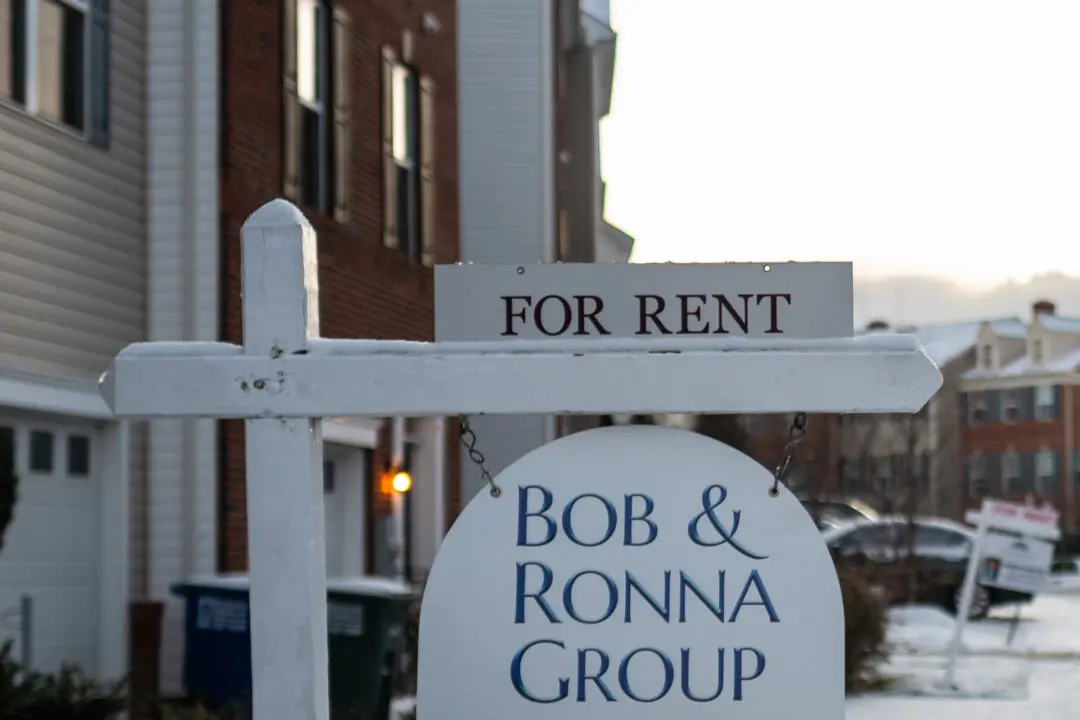Discount chain Big Lots has received approval to shut down hundreds of outlets, after the company expressed “substantial doubt” on continuing business operations.
The store closure approval is part of a recent amendment made to a 2022 credit agreement with lenders, the company said in an Aug. 2 filing with the U.S. Securities and Exchange Commission (SEC).





